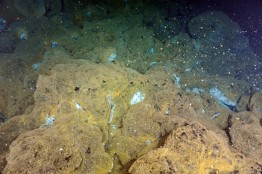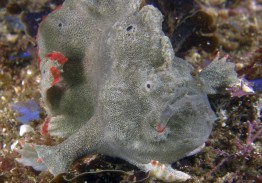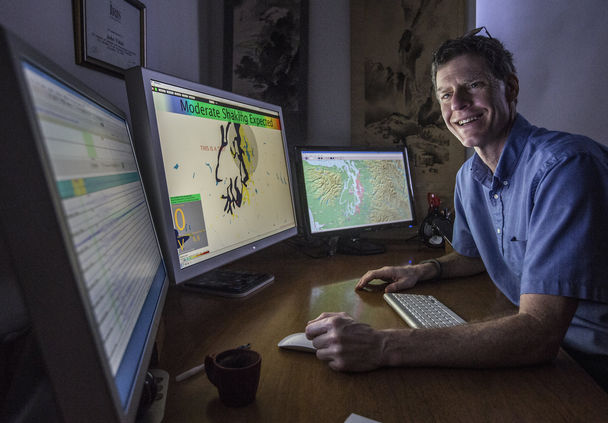Freshwater streams and rivers actually release carbon dioxide, but the source of those emissions has been unclear to scientists for years. Now, researchers have shown that the greenhouse gas appears in streams by way of two difference sources—either as a direct pipeline for groundwater and carbon-rich soils, or from aquatic organisms releasing the gas through respiration and natural decay. David Butman, professor of environmental and forest sciences and civil and environmental engineering, is part of the team that recently found that CO2’s origins—land or life—depend largely on the size of the stream or river.
Read more at UW Today »Atmospheric Sciences’ Cecilia Bitz to be inducted into WA State Academy of Sciences
In recognition of her outstanding record of scientific achievement, Cecilia M. Bitz from the College’s Department of Atmospheric Sciences will be inducted into the Washington State Academy of Sciences this fall. A physicist who studies the role that Arctic sea ice plays in shaping the climate, Bitz is interested in both our planet’s climate history and its future. Bitz and 11 other inductees from across the University of Washington will be honored for their “willingness to work on behalf of the academy” to bring top-quality scientific methods to research issues pertaining to the state of Washington.
Read more at UW Today »UW oceanographers explore recently erupted deep-sea volcano
This spring, seafloor seismometers connected to shore by a new Internet cable showed that the 3,600-foot-tall underwater Axial Volcano started shaking April 24, 2015 and shook continuously for several days. University of Washington oceanographers visited the deep-ocean volcano in late July and parts of the seafloor were still warm, giving the team a glimpse into the changes that happened around the the mile-deep volcano 300 miles off the Oregon coast.
Read more at UW Today »New fish genus and species named by College scientists for its red, fingerlike fins
After nearly 35 years, a color-changing fish known for its red “fingers” has a proper name. Scientists from the College of the Environment’s School of Aquatic & Fisheries Sciences announced the name of a new genus and species of frogfish, small, stocky creatures found in tropical and subtropical oceans. It was first seen and collected in Australia in 1980 by a University of Washington graduate student, but the sole specimen disappeared soon after, leaving researchers no option but to shelve the discovery.
Read more at UW Today »Earthquake early warning system funding awarded to UW, West Coast universities
A recent article published by The New Yorker has resulted in widespread talks and panic about the risk of a mega-earthquake off the Pacific Northwest coast. While the seismic hazard is real, the article’s tone may have been overly fatalistic and didn’t highlight earthquake preparedness tools that are now being developed. The U.S. Geological Survey announced today that $5 million will go to the University of Washington and three other institutions to help transition the ShakeAlert earthquake early warning system to a public-facing tool.
Read more at UW Today »





